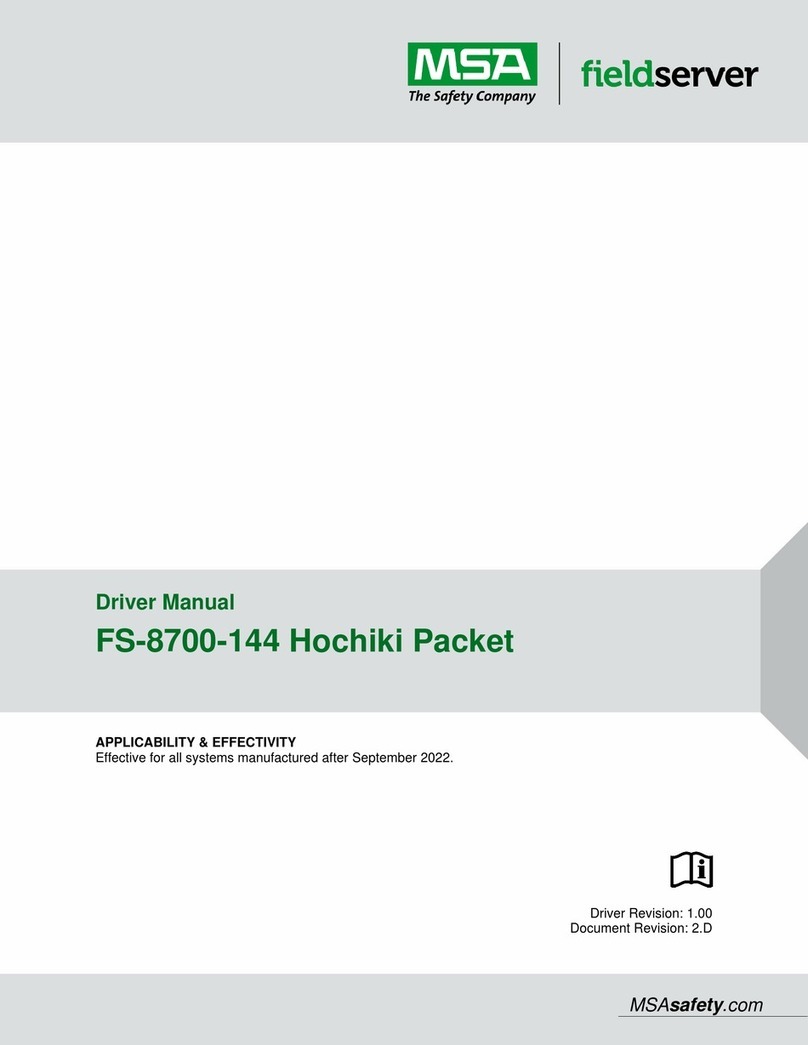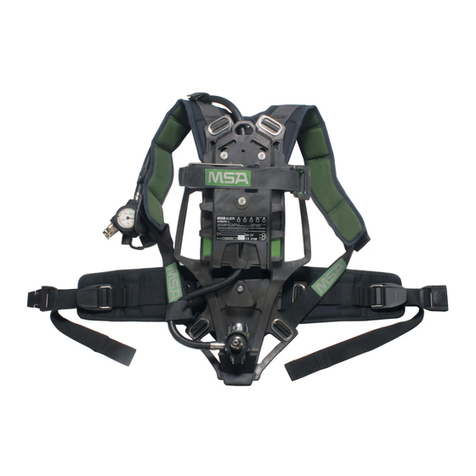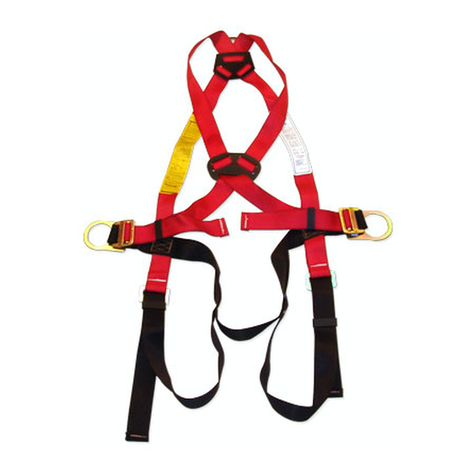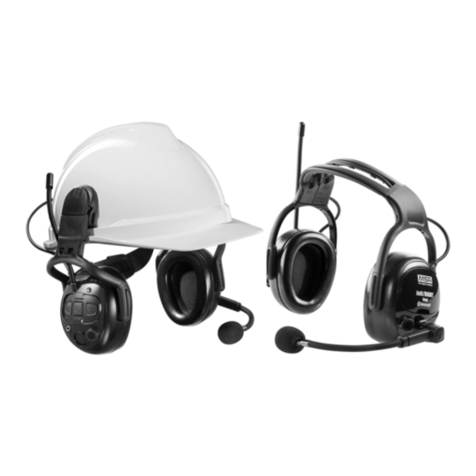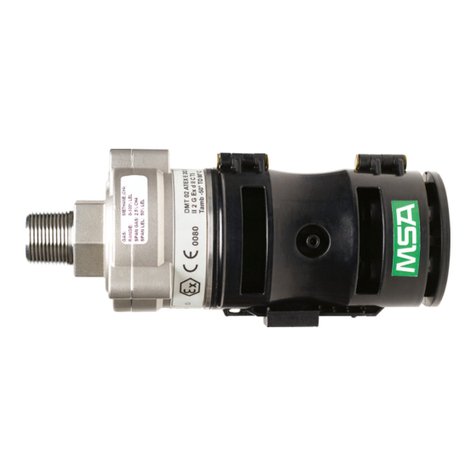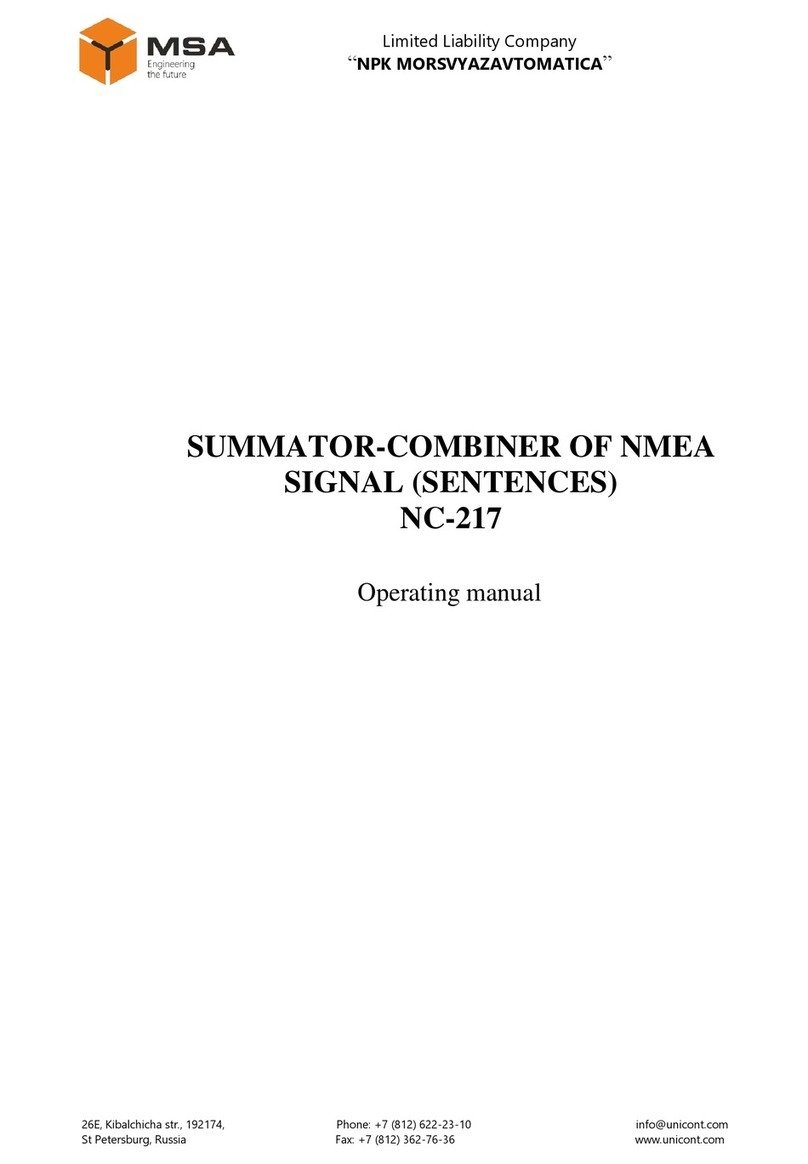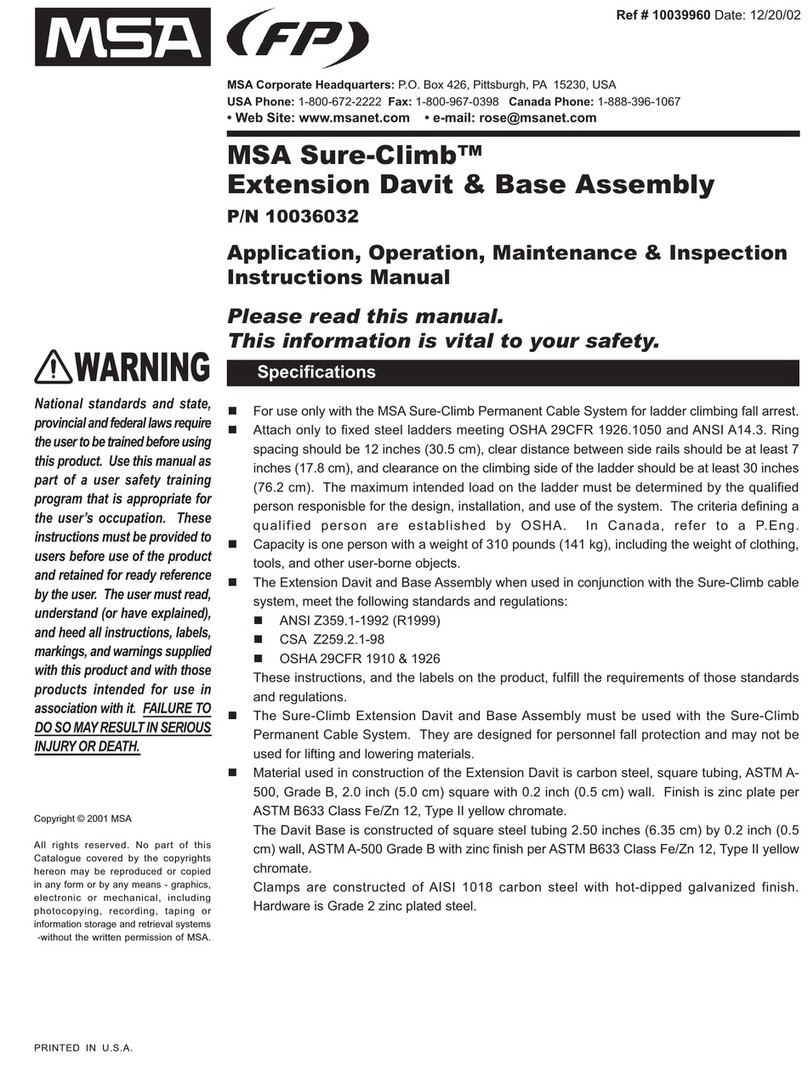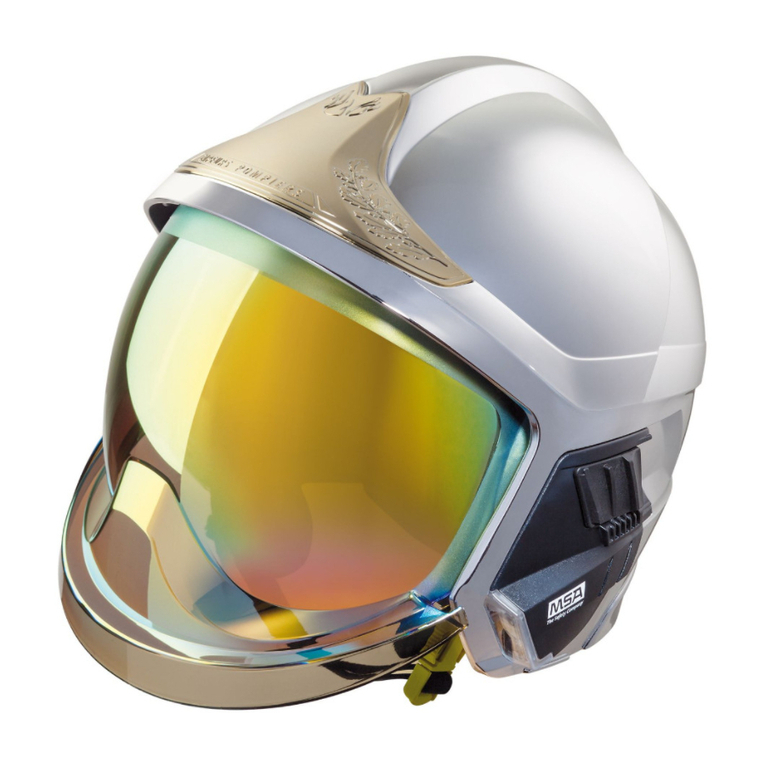
MSA CONTENTS
AirMaXX classic 3
Contents
1. Safety Regulations ..................................................................................................5
1.1. Correct Use.....................................................................................................5
1.2. Liability Information .........................................................................................5
2. Description...............................................................................................................6
2.1. Standard Model (AirMaXX classic) .................................................................7
2.2. Model AirMaXX classic S ................................................................................9
2.3. Model AirMaXX classic Z .............................................................................. 10
2.4. Model AirMaXX classic-CLICK......................................................................11
2.4.1. alphaCLICK 2 Coupling 300 bar ......................................................12
2.4.2. alphaCLICK 2 Cylinder Adaptor 300 bar.......................................... 12
2.5. Model AirMaXX eXXtreme classic ................................................................13
2.6. AirMaXX classic Combinations .....................................................................13
2.7. Technical Data ..............................................................................................14
3. Using the Compressed Air Breathing Apparatus ...............................................15
3.1. Prior to the First Use ..................................................................................... 15
3.2. Connecting One Compressed Air Cylinder ...................................................15
3.2.1. Pressure Reducer with Thread Connection .....................................16
3.2.1.1. Preparing the Apparatus for Use with One Compressed Air
Cylinder.........................................................................................16
3.2.1.2. Connecting One Compressed Air Cylinder ...................................16
3.2.2. Pressure Reducer with alphaCLICK 2 .............................................18
3.2.2.1. Installing Quick Connect Adaptor to Cylinder................................18
3.2.2.2. Connecting One Compressed Air Cylinder ...................................19
3.3. Connecting Two Compressed Air Cylinders..................................................20
3.3.1. Pressure Reducer with Thread Connection .....................................20
3.3.1.1. Preparing the Apparatus for Use with Two Compressed Air
Cylinders.......................................................................................20
3.3.1.2. Connecting Two Compressed Air Cylinders..................................20
3.3.2. Pressure Reducer with alphaCLICK 2 .............................................21
3.4. Adjusting the Back Plate ...............................................................................22
3.5. Condensed Check Prior to Use.....................................................................22
3.6. Donning the Compressed Air Breathing Apparatus ...................................... 22
3.7. Donning the Full-Face Mask .........................................................................23
3.8. During Use ....................................................................................................23
3.9. Using the Second Connection.......................................................................23
3.10. Removing the Compressed Air Breathing Apparatus....................................24
3.11. Removing the Compressed Air Cylinders .....................................................24
3.11.1. Pressure Reducer with Thread Connection ..................................... 24
3.11.2. Pressure Reducer with alphaCLICK 2 .............................................25



